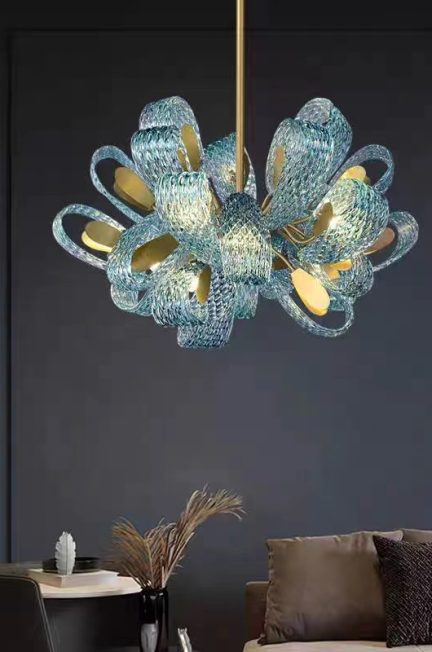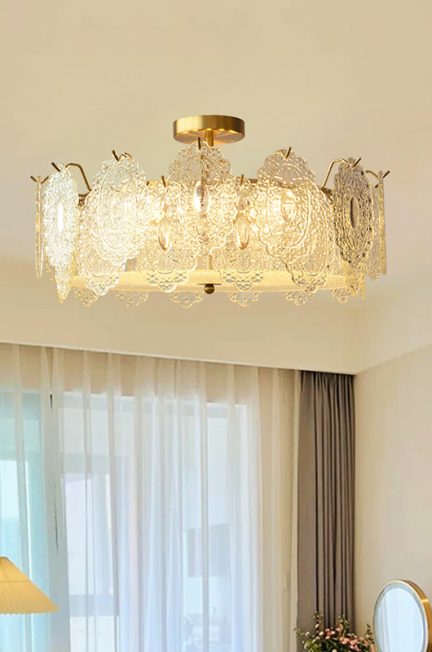The Importance of Dining Room Design
The dining room is a space that holds a special place in our homes. It is where we gather with family and friends to share meals, celebrate special occasions, and create lasting memories. Therefore, it is essential to design this space in a way that enhances the dining experience and creates a welcoming atmosphere.
A well-designed dining room can set the tone for the entire home. It is a place where we can showcase our personal style and create a space that reflects our taste and personality. Whether you prefer a bold and vibrant color scheme or a minimalist and sleek design, the dining room is an opportunity to make a statement and create a space that is both functional and aesthetically pleasing.
Bold and Bright Color Schemes to Make a Statement
One way to make a statement in your dining room is by using bold and bright colors. Adding vibrant hues can add energy and personality to the space, making it feel lively and inviting. Consider using a statement color on the walls, such as a deep blue or rich red, to create a focal point in the room. You can also incorporate colorful furniture and accessories, such as brightly colored chairs or a vibrant rug, to add pops of color throughout the space.
When using bold colors, it is important to strike a balance between creating an exciting atmosphere and overwhelming the senses. Consider using neutral tones as a base and adding bold colors as accents to create visual interest without overpowering the space. Additionally, be mindful of how different colors interact with each other and choose complementary shades that work well together.
Incorporating Natural Materials for a Rustic Feel
If you prefer a more rustic and cozy feel in your dining room, consider incorporating natural materials into the design. Wood, stone, and woven textures can create a warm and inviting atmosphere that is perfect for gathering with loved ones. Consider using a reclaimed wood dining table as the centerpiece of the room, or adding a woven rug to add texture and visual interest.
Natural materials can also be used in the form of accent pieces, such as wooden chairs or stone countertops. These elements can add a touch of nature to the space and create a sense of harmony with the outdoors. Additionally, consider incorporating plants and greenery into the design to further enhance the natural feel of the room.
Mixing and Matching Furniture for an Eclectic Vibe
For those who prefer a more eclectic and unique dining room, mixing and matching different styles of furniture can create a visually interesting and dynamic space. Pairing a modern dining table with vintage chairs, for example, can create a juxtaposition of old and new that adds character to the room. Mixing different types of seating, such as benches and chairs, can also create a more casual and relaxed atmosphere.
When mixing and matching furniture, it is important to consider the overall aesthetic of the room and ensure that the pieces work well together. Look for common elements, such as similar colors or materials, to create a cohesive look. Additionally, consider incorporating other design elements, such as artwork or decorative accessories, that tie the different pieces together.
Statement Lighting Fixtures for a Dramatic Effect
One way to create a focal point in your dining room is by using a statement lighting fixture. A chandelier or pendant light can add drama and interest to the space, drawing attention to the dining area and creating a sense of grandeur. Consider choosing a lighting fixture that complements the overall style of the room, whether it be modern and sleek or traditional and ornate.
When selecting a statement lighting fixture, consider the size and scale of your dining room. A large chandelier may be appropriate for a spacious dining area, while a smaller pendant light may be more suitable for a smaller space. Additionally, consider the height at which you hang the fixture to ensure that it provides adequate lighting for the dining table.
Minimalism: The Power of Simple Design
In contrast to bold and vibrant color schemes, a minimalist dining room can create a sense of calm and simplicity. By using a simple color palette and streamlined furniture, you can create a space that is clean and uncluttered. This minimalist approach allows the focus to be on the dining experience itself, rather than on the design elements of the room.
When designing a minimalist dining room, choose neutral colors such as white, gray, or beige as the base. These colors create a sense of openness and allow other design elements, such as artwork or decorative accessories, to stand out. Additionally, choose furniture with clean lines and minimal ornamentation to maintain the simplicity of the space.
Creating a Cozy Atmosphere with Textiles and Soft Furnishings
To create a cozy and comfortable dining room, consider adding textiles and soft furnishings to the space. Curtains, rugs, and throw pillows can add warmth and texture to the room, making it feel inviting and cozy. Choose soft, plush fabrics that are comfortable to touch and create a sense of luxury.
When selecting textiles and soft furnishings, consider the overall style of the room and choose pieces that complement the design. For example, if you have a rustic dining room with natural materials, consider adding a woven rug or linen curtains to enhance the cozy feel. Additionally, consider incorporating different textures, such as velvet or faux fur, to add visual interest and depth to the space.
Embracing the Industrial Aesthetic with Raw Materials and Metal Accents
For those who prefer a more modern and edgy look in their dining room, embracing the industrial aesthetic can create a unique and stylish space. Raw materials such as concrete or exposed brick can add an urban feel to the room, while metal accents can add a touch of sophistication. Consider using these elements in the form of furniture, lighting fixtures, or decorative accessories to create an industrial look.
When incorporating industrial elements into your dining room, it is important to strike a balance between creating a visually interesting space and maintaining functionality. Consider using softer materials, such as upholstered chairs or a plush rug, to add comfort and warmth to the room. Additionally, consider incorporating other design elements, such as artwork or decorative objects, that soften the industrial feel and add a personal touch.
Bringing the Outdoors In: Incorporating Plants and Greenery
Bringing plants and greenery into your dining room can create a fresh and natural atmosphere that is reminiscent of the outdoors. Plants not only add visual interest and color to the space but also have the added benefit of improving air quality and creating a sense of tranquility. Consider using potted plants or hanging plants to bring the outdoors in and create a connection with nature.
When incorporating plants into your dining room, consider the lighting conditions and choose plants that thrive in those conditions. For example, if your dining room receives ample sunlight, consider using plants that require direct sunlight, such as succulents or cacti. If your dining room has limited natural light, consider using low-light plants such as snake plants or pothos.
Personalizing Your Space with Art and Decorative Accessories
Finally, one of the most effective ways to personalize your dining room is by adding art and decorative accessories. These elements can add personality and make the space feel like home. Consider using family photos, artwork, or decorative objects that hold sentimental value to create a space that is uniquely yours.
When selecting art and decorative accessories, consider the overall style of the room and choose pieces that complement the design. For example, if you have a modern dining room with clean lines and minimal ornamentation, consider using abstract artwork or sleek decorative objects. Additionally, consider incorporating different textures or materials to add visual interest and create a dynamic space.
In conclusion, the design of your dining room plays a crucial role in creating a welcoming and enjoyable space for gathering with family and friends. Whether you prefer bold and vibrant colors, natural materials, or a minimalist aesthetic, there are countless ways to design a dining room that reflects your personal style and enhances the dining experience. By incorporating elements such as statement lighting fixtures, textiles, and decorative accessories, you can create a space that is both functional and aesthetically pleasing. So take the time to design your dining room with care and create a space that you and your loved ones will enjoy for years to come.

